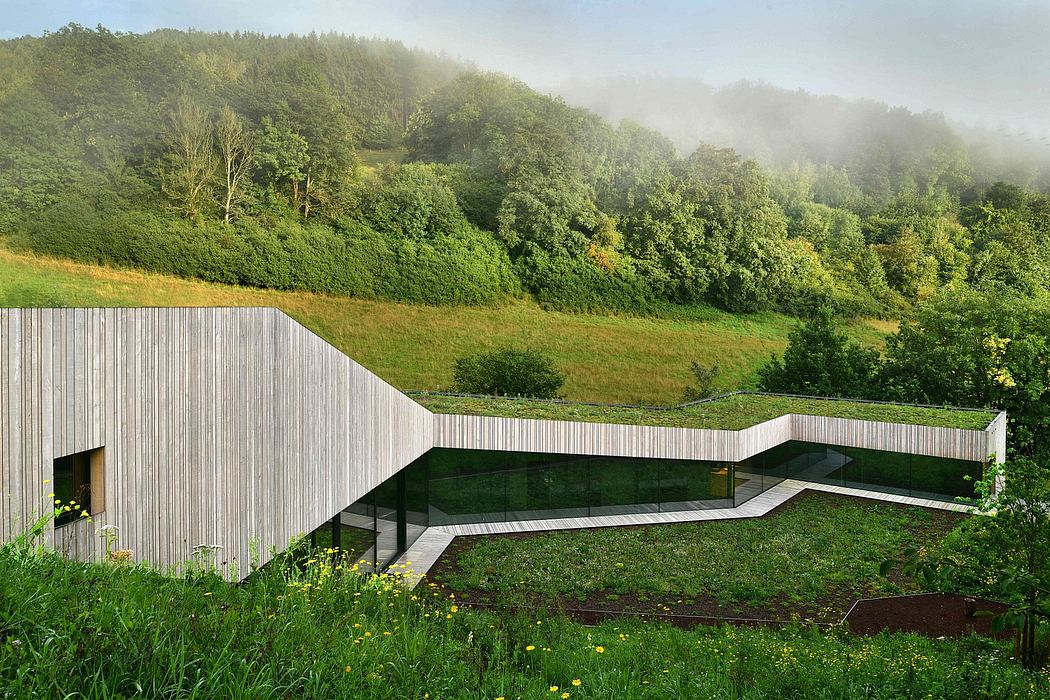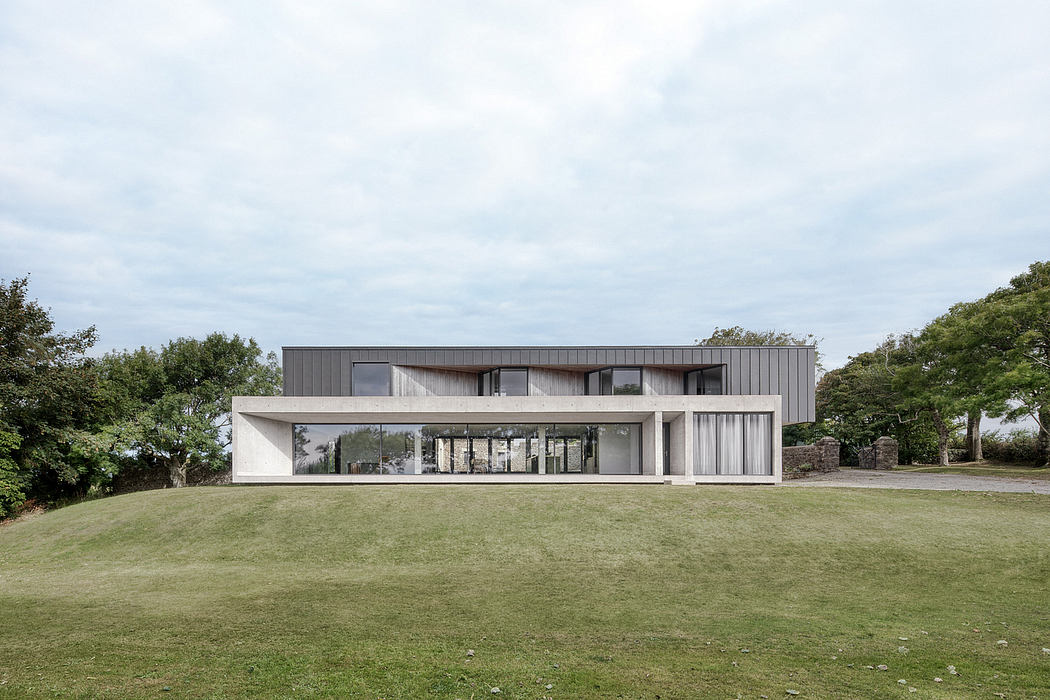Aging in place: Renovating with independence in mind

Most Americans settle in a home, envisioning a permanent life refuge. Achieving this vision of aging in place, though, means preparing the home now to anticipate future needs. Doing so successfully can allow older adults to remain independent, autonomous and in charge of their home security as they age. As many as 94% of today’s […]
The post Aging in place: Renovating with independence in mind appeared first on Freshome.com.
Getty Images/Mint Images RF
Most Americans settle in a home, envisioning a permanent life refuge. Achieving this vision of aging in place, though, means preparing the home now to anticipate future needs. Doing so successfully can allow older adults to remain independent, autonomous and in charge of their home security as they age. As many as 94% of today’s older adults (defined as ages 65+) wish to stay in their own homes as long as possible. This group, as of 2010, accounted for 13% of the population (40 million people), and that number is projected to increase to 20% of the population by 2030.
Studies show there are numerous benefits to home-based aging, such as increased life satisfaction, quality of life and self-esteem. Maintaining familiar surroundings and connections is also a benefit, allowing older adults to remain close to friends and neighbors, keep the same doctors and visit favorite coffee shops and grocery stores.
The time is now to start planning for down-the-road needs, like modifying your home to accommodate future a...
The post Aging in place: Renovating with independence in mind appeared first on Freshome.com.
Getty Images/Mint Images RF
Most Americans settle in a home, envisioning a permanent life refuge. Achieving this vision of aging in place, though, means preparing the home now to anticipate future needs. Doing so successfully can allow older adults to remain independent, autonomous and in charge of their home security as they age. As many as 94% of today’s older adults (defined as ages 65+) wish to stay in their own homes as long as possible. This group, as of 2010, accounted for 13% of the population (40 million people), and that number is projected to increase to 20% of the population by 2030.
Studies show there are numerous benefits to home-based aging, such as increased life satisfaction, quality of life and self-esteem. Maintaining familiar surroundings and connections is also a benefit, allowing older adults to remain close to friends and neighbors, keep the same doctors and visit favorite coffee shops and grocery stores.
The time is now to start planning for down-the-road needs, like modifying your home to accommodate future a...
| -------------------------------- |
|
|
Villa M by Pierattelli Architetture Modernizes 1950s Florence Estate
31-10-2024 03:55 - (
architecture )
Leça da Palmeira House by Raulino Silva
31-10-2024 03:55 - (
architecture )















